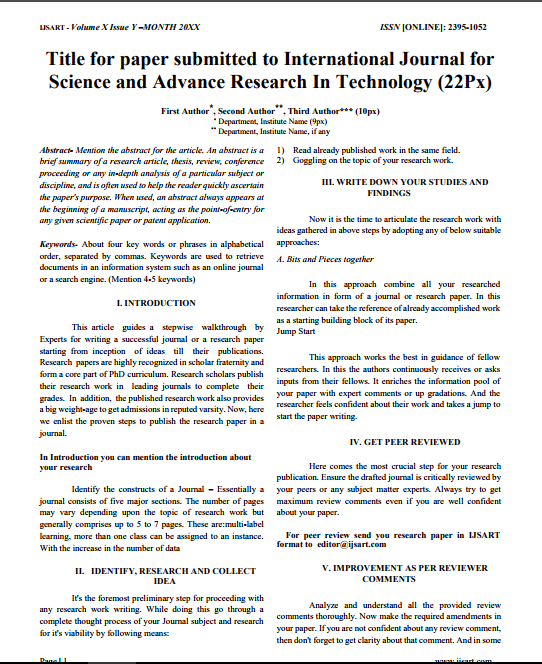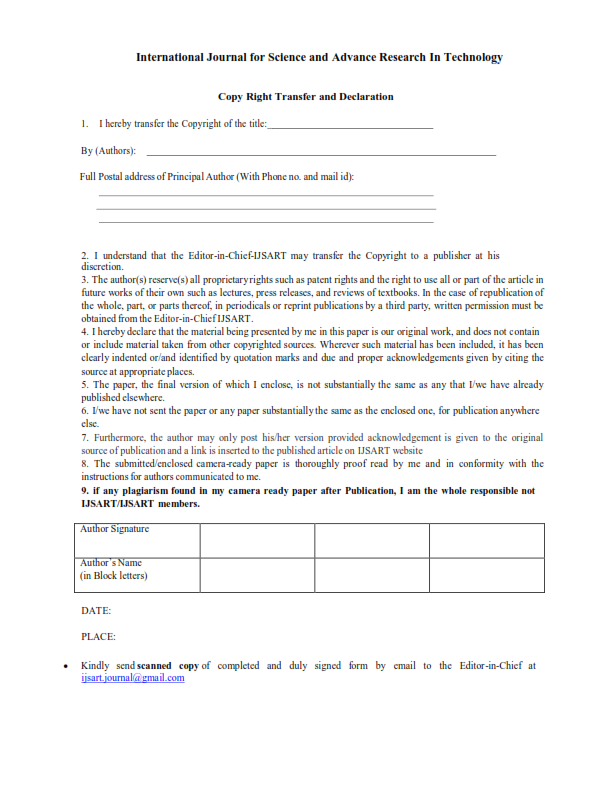Impact Factor
7.883
Call For Paper
Volume: 11 Issue 05 May 2025
LICENSE
Analysis On Sustainable Solutions For Tannery Effluent Treatment Using Plant-based Coagulants
-
Author(s):
M.Sneha | T. Sathieshkumar
-
Keywords:
Tannery Wastewater, Natural Coagulants, Moringa Oleifera, Tamarindus Indica, Turbidity Removal, Chemical Oxygen Demand, Sustainable Wastewater Treatment, Eco-friendly Coagulants.
-
Abstract:
Tannery Industries Release Substantial Quantities Of Effluent With High Amounts Of Organic Matter, Heavy Metals, And Suspended Particles, Resulting In Significant Environmental Damage. Ranipet, Tamil Nadu, Is A Significant Leather Processing Hub Where Untreated Effluents Have Prompted Significant Concerns. Traditional Chemical Coagulants, Such Alum And Ferric Chloride, While Effective, Lead To Secondary Pollution And Sludge Disposal Challenges. This Research Examines The Efficacy Of Moringa Oleifera Seed Extract And Tamarindus Indica Seed Powder As Natural Coagulants For The Treatment Of Tannery Effluent. Wastewater Samples Obtained From Tannery Units Underwent Jar Tests To Assess Critical Parameters, Such As Turbidity, Chemical Oxygen Demand (COD), Total Suspended Solids (TSS), And PH. The Results Indicated That Moringa Oleifera Was Particularly Successful In Removing Turbidity Due To Its Ionic Proteins, But Tamarindus Indica Seed Powder Exhibited Significant Chemical Oxygen Demand (COD) Reduction, Reflecting Superior Organic Pollutant Adsorption Capabilities. Both Coagulants Yielded Good Outcomes Within An Optimal Dosage Range, Providing Them Viable Alternatives To Manufactured Chemicals. This Research Emphasizes The Efficacy Of Natural Coagulants In Sustainable Wastewater Treatment, Presenting An Environmentally Benign And Economical Strategy For Industrial Effluent Control. Additional Study Is Advised For Extensive Application And Sludge Characterisation.
Other Details
-
Paper id:
IJSARTV11I4102978
-
Published in:
Volume: 11 Issue: 4 April 2025
-
Publication Date:
2025-04-02
Download Article


